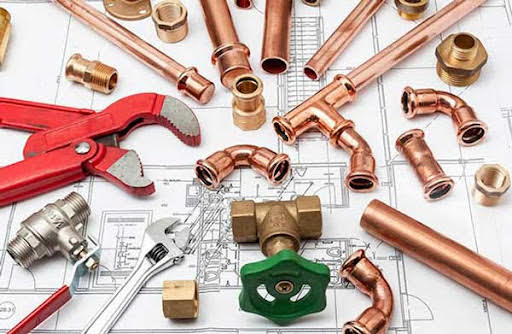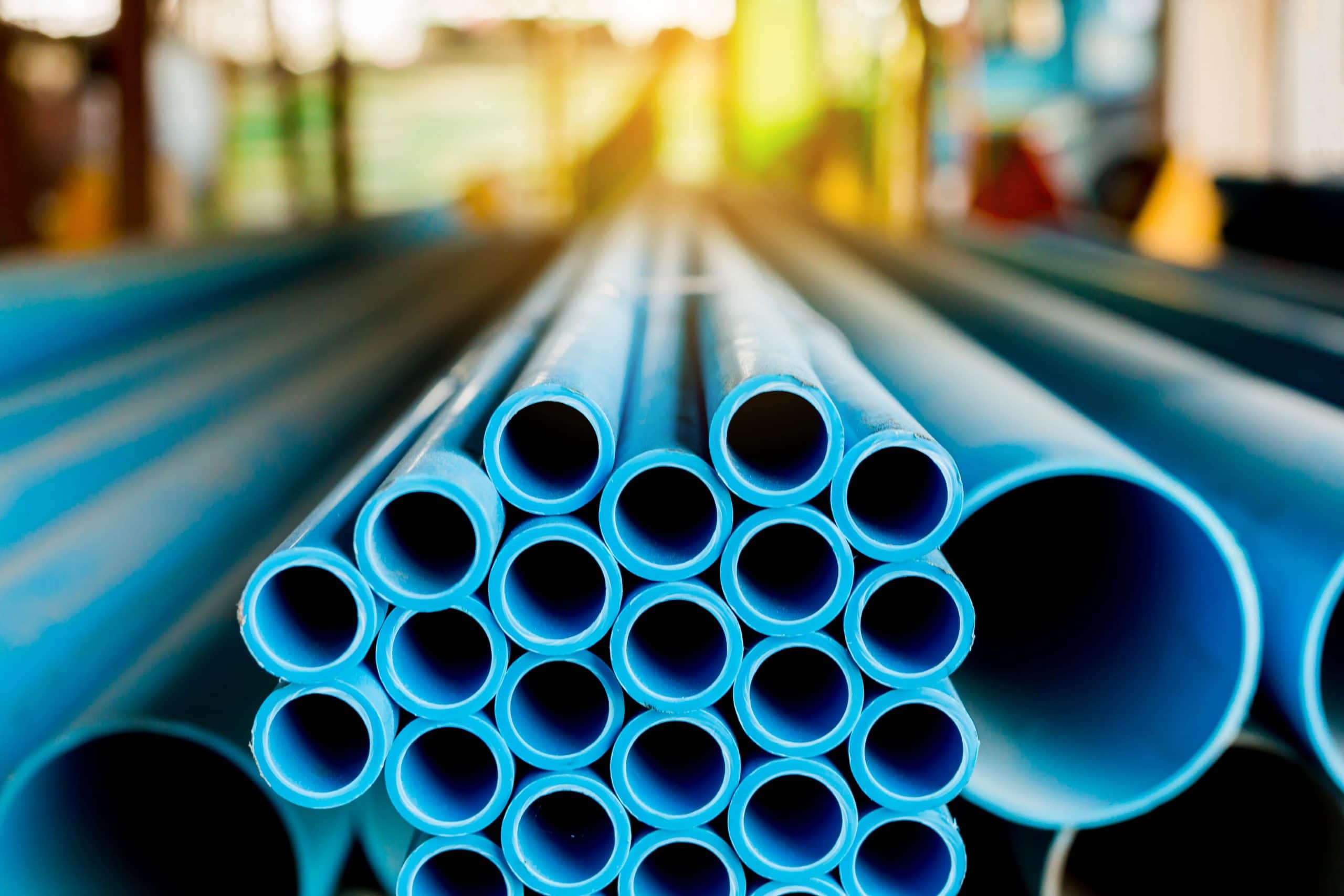Deciphering the Basics of Home Plumbing: A Beginner's Manual
Deciphering the Basics of Home Plumbing: A Beginner's Manual
Blog Article
What're your opinions with regards to Plumbing Basics For Every Home: The HomeTriangle Guide?

Plumbing is a vital aspect of any home, in charge of providing clean water for alcohol consumption, cooking, and showering, along with getting rid of wastewater securely. Recognizing the basics of home plumbing is vital for every property owner to guarantee proper upkeep, troubleshooting, and, if essential, repair services. In this novice's guide, we'll cover the essential concepts of home plumbing to help you become extra familiar with how it functions.
Supply Of Water System
The supply of water system brings tidy water right into your home from a local water resource or a private well. It consists of a main water line that links to your home's plumbing system, usually situated underground. A water meter measures the amount of water consumed, while a shut-off shutoff permits you to manage the flow of water right into your home.
Plumbing Fixtures
Plumbing components are gadgets that supply water to different parts of your home and consist of sinks, faucets, commodes, showers, bath tubs, and home appliances such as dishwashers and washing devices. Each component is linked to the water system system via pipelines and installations and may have its shut-off shutoff for upkeep or emergencies.
Water Heater
The water heating unit is responsible for heating water for domestic use, including bathing, food preparation, and cleansing. Common kinds of water heaters include tank-type water heaters, tankless (on-demand) hot water heater, and heat pump water heaters. The hot water heater is connected to the water system system and delivers warm water to plumbing components as required.
Water drainage System
The drainage system gets rid of wastewater from your home and brings it away to a sewer therapy center or septic tank. It contains a network of pipelines, fittings, and fixtures that carry wastewater from plumbing components to the main drain line or sewage-disposal tank. Appropriate water drainage is vital to protect against blockages, back-ups, and sewer leaks.
Air flow System
The ventilation system aids preserve correct air pressure and prevent drain gases from entering your home. Air vent pipelines, also referred to as vent heaps, prolong from plumbing components to the roof, permitting sewage system gases to get away securely outside. Ventilation pipes also allow air to get in the drainage system, assisting in smooth wastewater circulation and avoiding suction or vacuum cleaner impacts.
Typical Plumbing Tools
Having the right devices accessible is important for executing fundamental plumbing fixings and maintenance tasks. Typical plumbing tools include flexible wrenches, monkey wrench, pliers, pipe cutters, hacksaws, plungers, augers (or drainpipe snakes), and Teflon tape. Having these tools conveniently available can assist you tackle small plumbing concerns efficiently.
Fundamental Plumbing Repairs
While some plumbing repair work might call for expert aid, numerous usual concerns can be resolved with fundamental do it yourself strategies. Learning exactly how to fix a dripping tap, unblock a drain, replace a toilet flapper, or repair a dripping showerhead can save you money and time on plumbing fixings.
Final thought
Comprehending the basics of home plumbing is essential for each homeowner to preserve a risk-free, practical, and reliable plumbing system. By acquainting yourself with the supply of water system, plumbing fixtures, drainage system, air flow system, common plumbing devices, and fundamental fixings, you can confidently address small plumbing problems and guarantee your home's plumbing system runs efficiently.
Plumbing for Beginners: A Comprehensive Guide
If you’re a beginner when it comes to plumbing, don’t worry; you’re not alone. Plumbing may seem intimidating, but with the right knowledge and a little practice, you can handle many common plumbing issues on your own. In this comprehensive guide, we will demystify the world of plumbing for beginners, providing you with the basic knowledge and skills needed to tackle common plumbing problems and even take on some DIY plumbing projects.
The Importance of Basic Plumbing Knowledge for Beginners:
First and foremost, basic plumbing knowledge gives you a solid foundation. It helps you grasp the key concepts and terminology that are essential in this field. By learning the basics, you’ll be able to build upon that knowledge and tackle more complex plumbing tasks in the future.
Having a basic understanding of plumbing also enables you to handle common issues that may arise in your home. Picture this: a leaky faucet or a clogged drain. With some basic plumbing knowledge, you’ll have the confidence to troubleshoot and fix these problems on your own. It saves you from unnecessary expenses and the hassle of waiting for a professional to arrive.
As a beginner, learning the basics of plumbing empowers you to take care of your own home. It gives you a sense of independence and self-reliance. You’ll no longer have to rely solely on professionals for every small issue that pops up. Instead, you can handle many tasks yourself, saving time and money in the process.
Remember, everyone starts as a beginner. Embrace the learning process and take small steps to expand your plumbing knowledge. There are plenty of online resources, tutorials, and even local workshops that talk about plumbing for beginners.
Essential Tools for Plumbing for Beginners
As you start your plumbing journey, having the right tools in your toolbox is crucial. Let’s explore some of the must-have tools:
Adjustable Wrench:
This versatile tool is a staple in any plumber’s toolbox. It allows you to tighten or loosen nuts and bolts of various sizes. Make sure to have an adjustable wrench with a comfortable grip.
Pipe Wrench:
A pipe wrench is specifically designed for gripping and turning pipes. It has serrated jaws that provide a strong grip, making it easier to loosen or tighten threaded pipes and fittings.
Plunger:
The plunger is a simple yet effective tool for clearing clogged drains and toilets. It creates suction when you push and pull, helping to dislodge blockages. Keep a good-quality plunger handy for those unexpected clogs.
Pipe Cutter:
When it comes to cutting pipes, a pipe cutter is your go-to tool. It creates clean, precise cuts without damaging the pipe. Look for a pipe cutter that can handle the pipe sizes you’re working with.
Hacksaw:
A hacksaw is useful for cutting through pipes, screws, and other materials. It’s a versatile tool that can handle different cutting tasks. Remember to use a blade suitable for cutting metal.
Tape Measure:
Accurate measurements are crucial in plumbing. A tape measure allows you to measure pipe lengths, distances, and dimensions accurately. Opt for a sturdy tape measure that extends a good length.
Pliers:
Pliers come in handy for various tasks, such as gripping, bending, and cutting. Slip-joint pliers with adjustable jaws are great for gripping pipes, nuts, and bolts.

As a fervent reader about Plumbing basics: How your home plumbing works, I imagined sharing that piece of content was beneficial. Are you aware of anybody else who is curious about the subject? Be sure promote it. Kudos for being here. Don't forget to come visit our website back soon.
Call Report this page